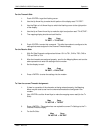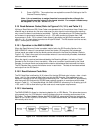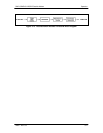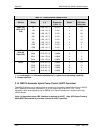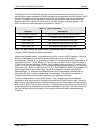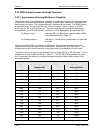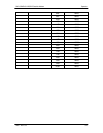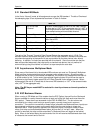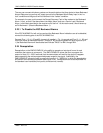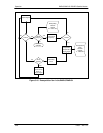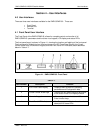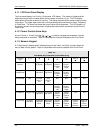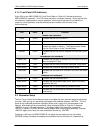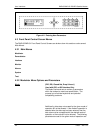
DMD15/DMD15L IBS/IDR Satellite Modem Operation
TM051 - Rev. 5.8 3-27
The user can connect whichever systems on the earth stations that they desire to these Backward
Alarms Relays as long as they will supply ground to the Backward Alarm Relay Input in the “no
fault” condition and the ground will be removed in the “faulted” condition.
For example: the user could connect the Demod Summary Fault of the modem to the Backward
Alarm 1 Input, so that if the demod went into Major Alarm (such as a Carrier Loss), Backward
Alarm 1 would be transmitted to the receive end of the link. At the receive end, it would show up
as Rx Backward 1 (Receive Backward Alarm 1).
3.23.1 To Disable the ESC Backward Alarms
If the ESC ALARMS Port will not be used and the Backward Alarm Indications are to be disabled,
connect the following pins of the ESC ALARMS Port:
Connect Pins 1, 10, 11, 22 and 23 (connect all together). Pin 1 is ground and Pins 10, 11, 22, and
23 are the inputs of Backward Alarms 1 through 4. By connecting these four pins to ground (Pin
1) the Backward Alarms will be disabled and indicate “PASS” for BK1 through BK4.
3.24 Reacquisition
Reacquisition on the DMD15/DMD15L is the ability to reacquire a lost signal from a far end
modulator that returns at some point. The DMD15/DMD15L allows the user to program the
amount of time (0.0 – 900.0 seconds) that the demodulator will wait for the signal to reappear
before searching the entire programmed sweep range for the signal. Additionally, the
DMD15/DMD15L allows the user to specify the range (± 0 – 32000 Hz) in which the demodulator
will perform the narrow signal search (see Figure 3-16). Configuration can be accomplished via
the standard user interfaces (front panel, dumb terminal, remote).



